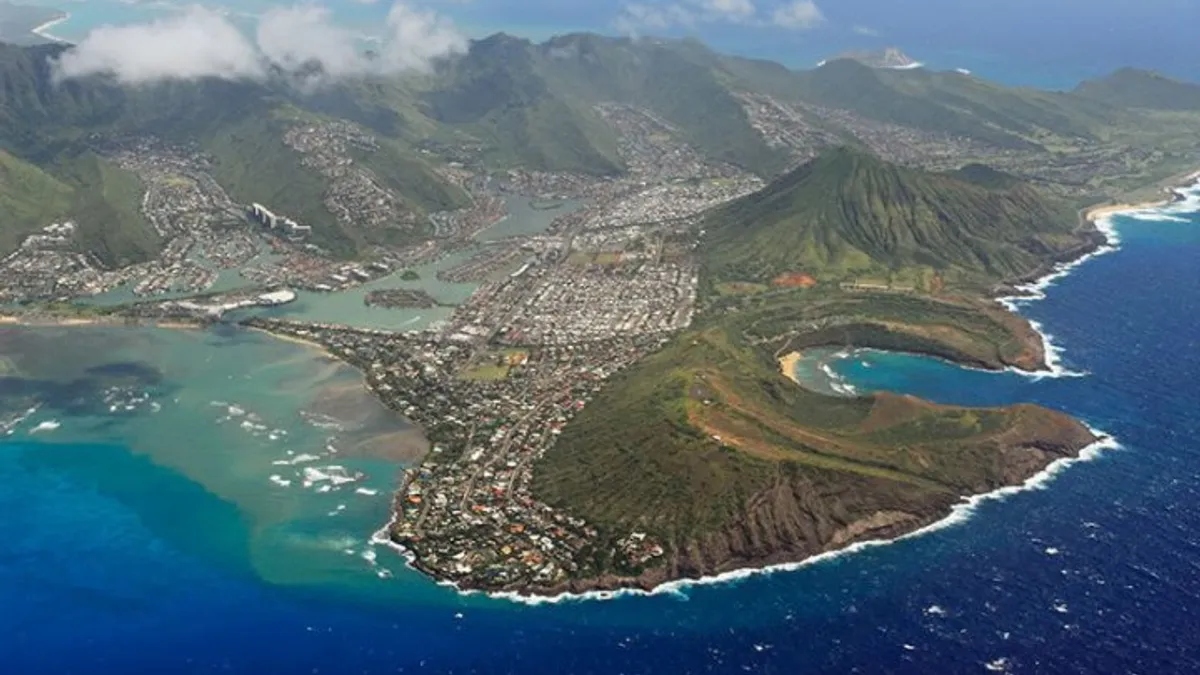Dive Brief:
- Hawaii and Vermont have set the most aggressive renewable standards in the nation, according to the U.S. Energy Information Administration, with both states passing legislation this month bolstering their commitments.
- Hawaii wants to be using all renewable power within the next 30 years – compared with its previous standard of 40% renewable energy by the end of 2030.
- Vermont hopes to source three quarters of its energy from green sources within 17 years, as opposed to the previous nonbinding target of 20% renewables by 2017.
Dive Insight:
They're about as far apart, geographically, as any two states, but Hawaii and Vermont are closely aligned in their renewable goals. After both states approved legislation in June bolstering their renewable portfolio standards, they now have the most stringent targets in the nation.
Hawaii's new policy also calls for interim requirements along the way: 30% by the end of 2020; 40% by 2030; and 70% by 2040. The state is quickly ramping up its use of solar power and “has met its annual RPS obligations to date, which for 2014 was 10% renewable energy,” EIA said. Because of the island-state's isolate nature, most of Hawaii's electricity generation is currently based on imported petroleum.
Before its renewable standards were approved, Vermont operated a renewable goal program known as Sustainably Priced Energy Enterprise Development (SPEED). EIA notes the SPEED goal, enacted in 2005, set a nonbinding renewables targets of less than 25% by 2017. Now Vermont has an interim goal of 55% by 2017 as well as initiatives aimed at reducing emissions from transportation and residential sectors.
“In December 2014, the 604 megawatt Vermont Yankee nuclear plant was retired. Because this plant supplied more than 70% of Vermont's electricity generation in 2014, its retirement significantly changes the generation profile of the state,” EIA said.














